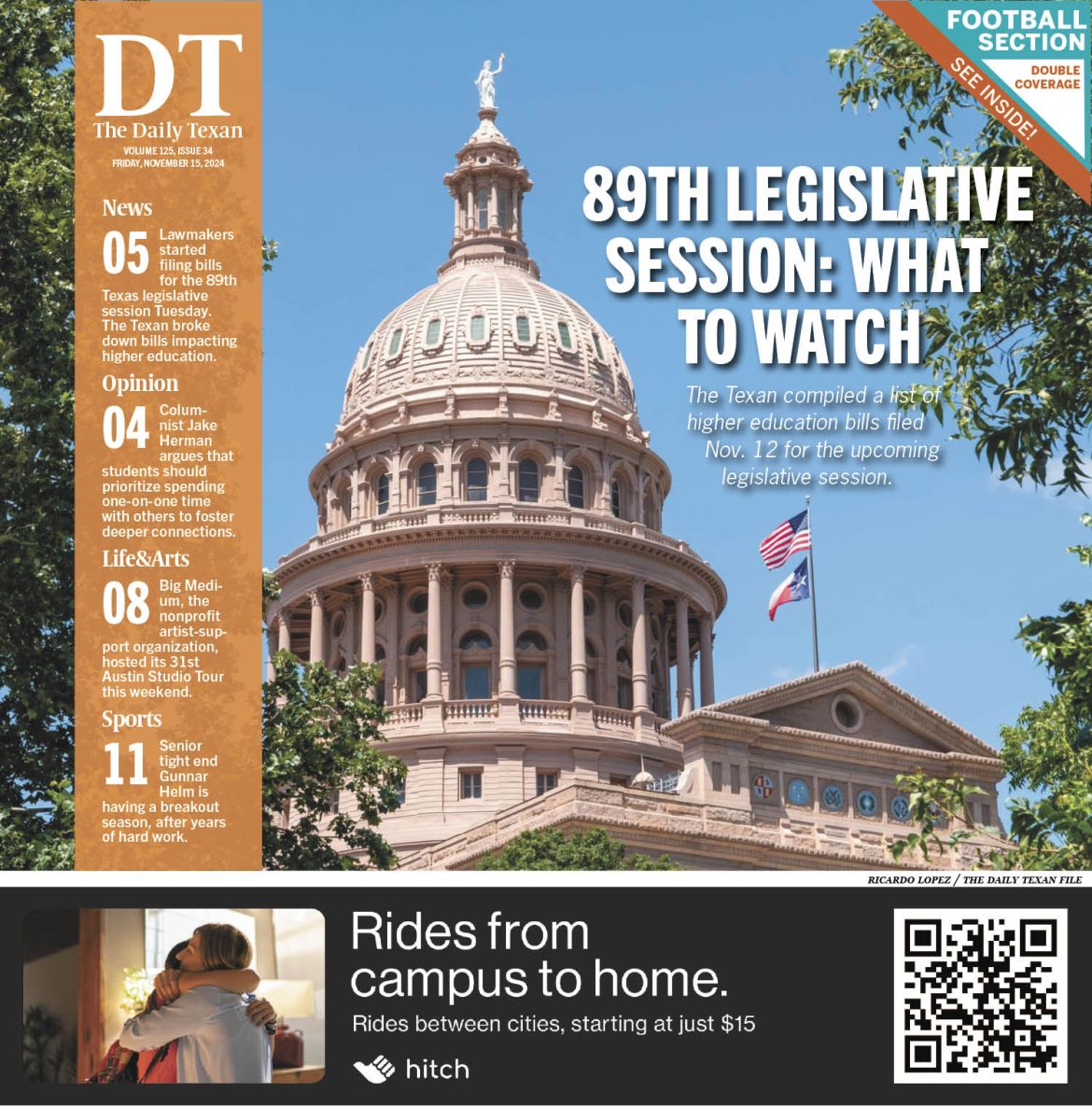Increase the Cultural Diversity Flag requirement
July 29, 2021
In their 2004 report, the Commission of 125 task force asserted that a Longhorn’s undergraduate education should teach them “to think critically, to write cogently, to engage in inquiry and discovery, to examine ethical questions, and to learn about other cultures.” As a result, the Task Force on Curricular Reform created the Skills & Experience Flags, which were approved by the Faculty Council in 2006.
The Flags differ from the University’s core requirements in that the classes that satisfy the requirements are taught across the curriculum, allowing students exposure to interdisciplinary subject matters. Included in these requirements is the Cultural Diversity (CD) flag which focuses on the cultural and historical experiences of marginalized communities in the United States.
Possible classes that satisfy the Cultural Diversity Flag requirement include Music of African Americans, Introduction to LGBTQ+ Studies and Gendering Asian America. Currently, students are required to take only one class that satisfies the flag, a standard that limits their understanding of multiple systems of oppression.
The University should demonstrate a commitment to an equitable curriculum, one that grapples with intersectional identities and calls on a diversified set of histories, by raising the official Cultural Diversity Flag requirement from just one to at least two.
Brooke Rich, senior program coordinator and curriculum specialist for academic initiatives at the Center for the Skills & Experience Flags, said that the Cultural Diversity Flag is being revised in the wake of the Black Lives Matter protests last summer.
“A group of students submitted a letter to the campus with several demands about diversity and various components of marginalized students’ experiences on campus,” Rich said. “One of the things they demanded was the Cultural Diversity Flag to have a tighter focus on systems of oppression. It is not currently part of the decision to change from one to two courses. That would require a lot of coordination across campus.”
Rich also shared that 94% of spring 2019’s graduating class ended up completing more than one course that satisfied the CD flag. This statistic demonstrates that students are already interested in diversifying their education and that raising the requirement would be feasible.
UT has been struggling with its public image regarding racial equity. By demonstrating a stronger commitment to a diversified curriculum, the University could take a small step toward recognizing marginalized students’ demands.
Raahim Owais, an economics junior, said that in order to be changemakers, students need to be equipped with a distinct understanding of systems of oppression.
“I think this decision would set an important example, especially in the face of Texas lawmakers trying to ban racism education in our public schools,” Owais said.
The Flags website states that the goal of implementing the Flag requirements is twofold. The first goal is to “signal to students, parents, and employers (the Flags’) importance as part of the UT-Austin undergraduate education.” The second is to “transform the curriculum in cases where students are not already taking courses in these areas.”
While the second goal has been met, the University can do more to meet the first. The official implementation of a second Flag requirement would further signal to the public, including employers, that a UT education encourages students to learn about the cultures, perspectives and histories of marginalized communities.
Michigan is a Plan II and race, indigeneity and migration major from Shreveport, Louisiana.





